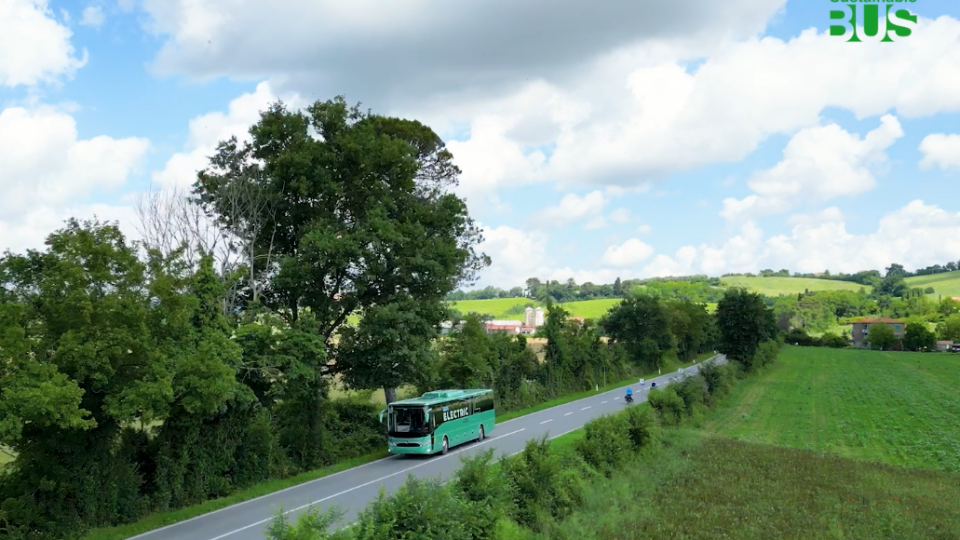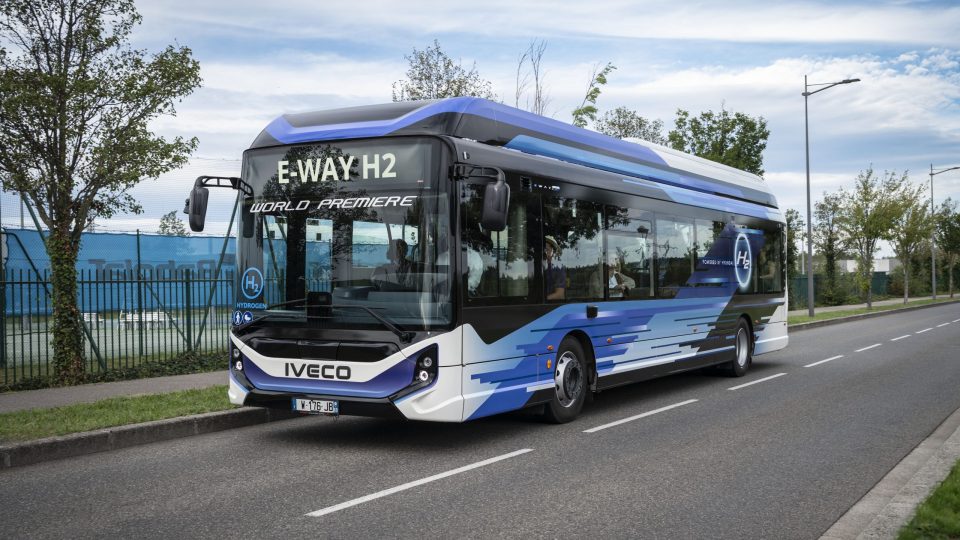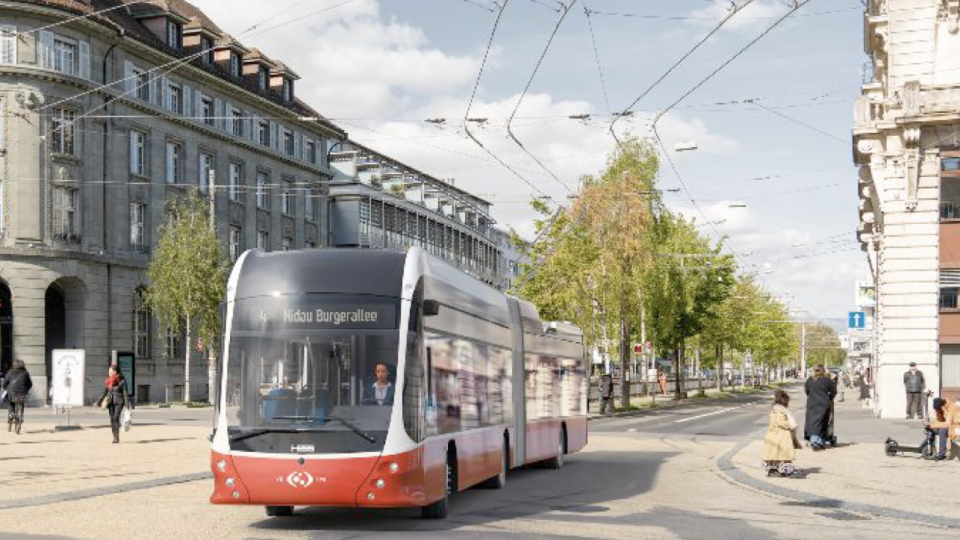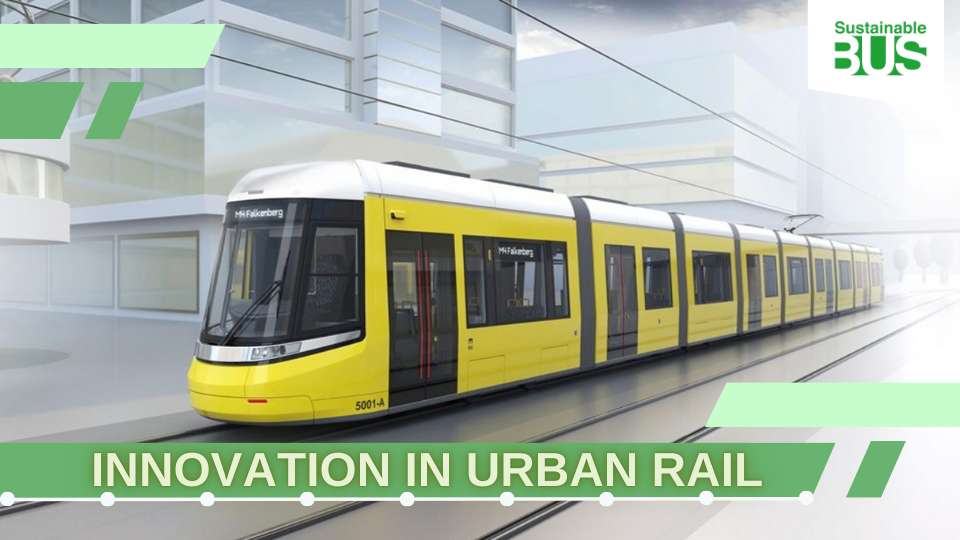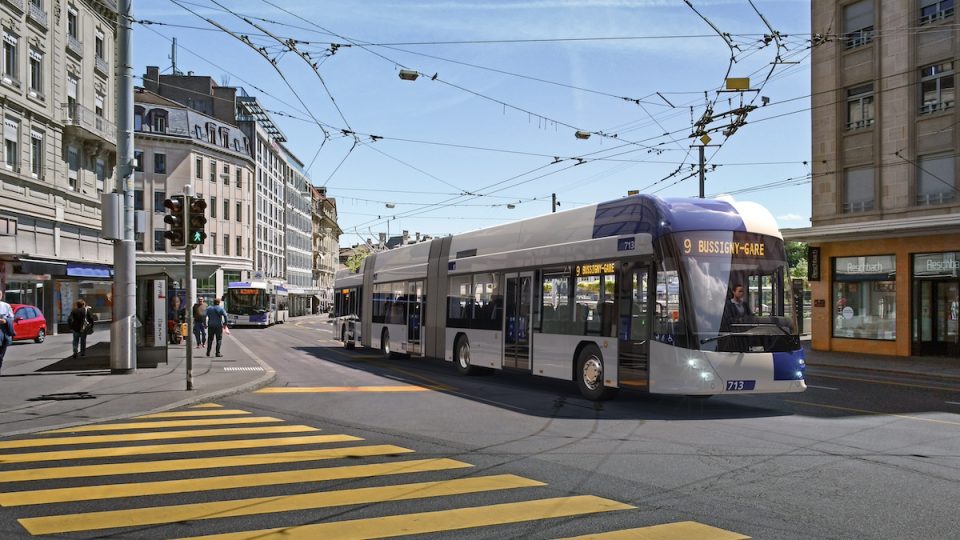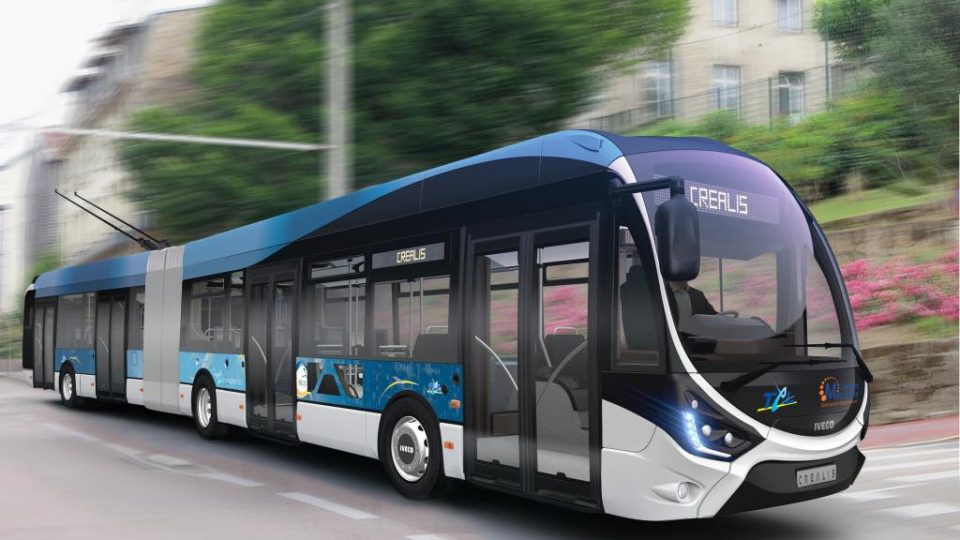In Roma it’s still CAF. Tender for 121 new trams awarded
by Stefano Alfano; photo credits: R.Costa Rome is renewing its tram fleet. Atac has awarded the tender for a framework agreement for the supply of 121 two-way trams worth over EUR 457 million, to be built by CAF, which has already helped renew Rome’s underground train fleet. As pointed out by the councillor for Mobility […]
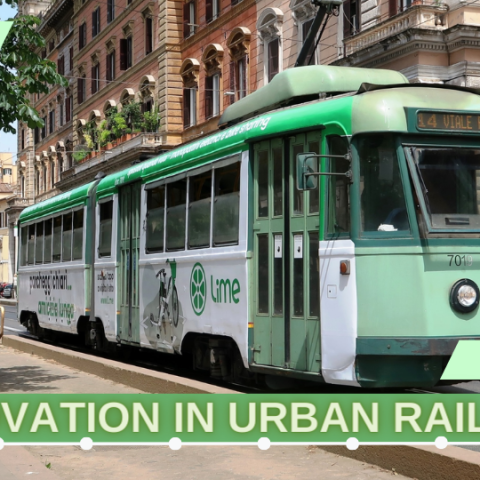
by Stefano Alfano; photo credits: R.Costa
Rome is renewing its tram fleet. Atac has awarded the tender for a framework agreement for the supply of 121 two-way trams worth over EUR 457 million, to be built by CAF, which has already helped renew Rome’s underground train fleet. As pointed out by the councillor for Mobility of Roma Capitale, Eugenio Patanè. The contract already includes an initial application contract within the framework agreement, with the delivery of the first 40 trams out of the 121 planned.
The new trams will be 33.5 metres long, and will be able to carry up to 215 passengers, 68 of whom will be seated, and two seats will be available for disabled passengers. Equipment will include air conditioning, video surveillance systems, public address systems for announcements and passenger counters, as well as a pedestrian frontal collision warning system. A housing for traction batteries will be provided, thus giving the vehicles the possibility of running autonomously, without an overhead network.
It will be possible to renew the fleet of around 200 trams, which today still has several double-decker cars dating back to 1947/49, a jewel of technology at the time, designed by engineer Mario Urbinati, to whom we owe the innovative joint between the two bodies, called the ‘Urbinati merry-go-round’, and modernised in the 1980s. In addition to the 50 cars, 8 cars of the 500 Stefer series, completely similar to the previous ones, were purchased in the 1980s and registered in the 7100 series (like the 7000 series, only odd numbers).
The 9000 series bicassette cars were built by Socimi in 1990/91, and today there are around 40 in operation. The 9100 series cars, the Cityways, were built by Fiat in 1997/98; the 9200 series, consisting of 52 vehicles, is derived from the previous ones, and was delivered between 1999 and 2000. The 9100 and 9200 series are fully low-floor. The CAF trams, in addition to their use on the six lines in operation today and on the new routes currently planned, will presumably replace the bicasses of the 1950s, which still have a high floor and no air conditioning. Already two of them, however, have been earmarked for other uses: the 7021 has become Tram Ristorante, and the 7115 ” Tram jazz).
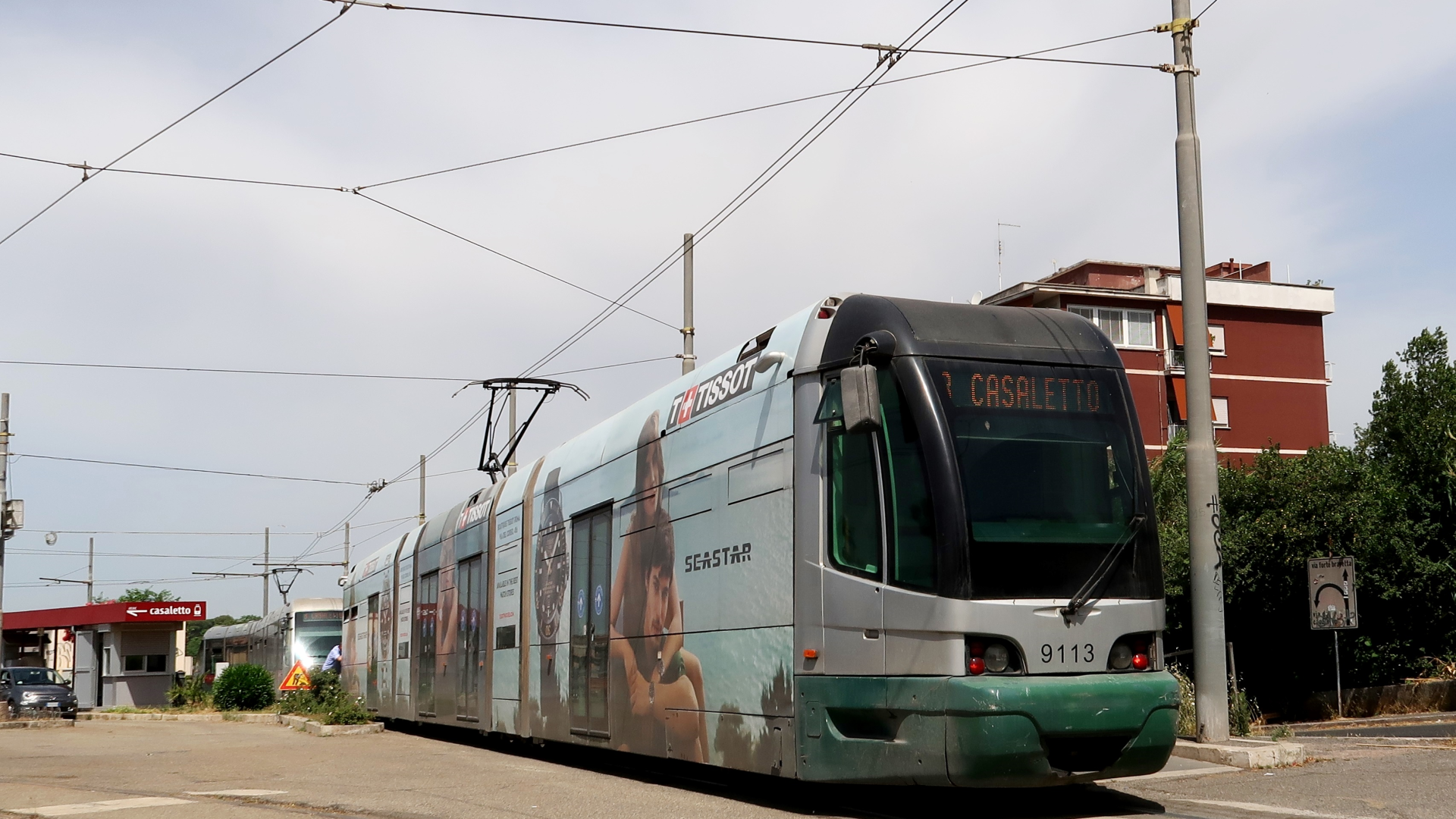
“This is a historic moment because after almost 20 years,” said Patanè, “the administration, thanks to one of the biggest tenders ever launched in Europe, is investing in buying new trams to serve the new and existing lines and to replace the Stanga trams, which, despite being a flagship of Roman public transport, are now almost 70 years old. I would like to emphasise that some of these will be completely recovered to serve the Archeotram line that we want to build as part of the new central archaeological area project. The new trams, on the other hand, will be the result of the most innovative technology, aesthetically qualifying for Rome, with more capacity and better performance, as well as being able to run without the power line on some routes, with less noise and able to cope with smaller radii of curvature’.

